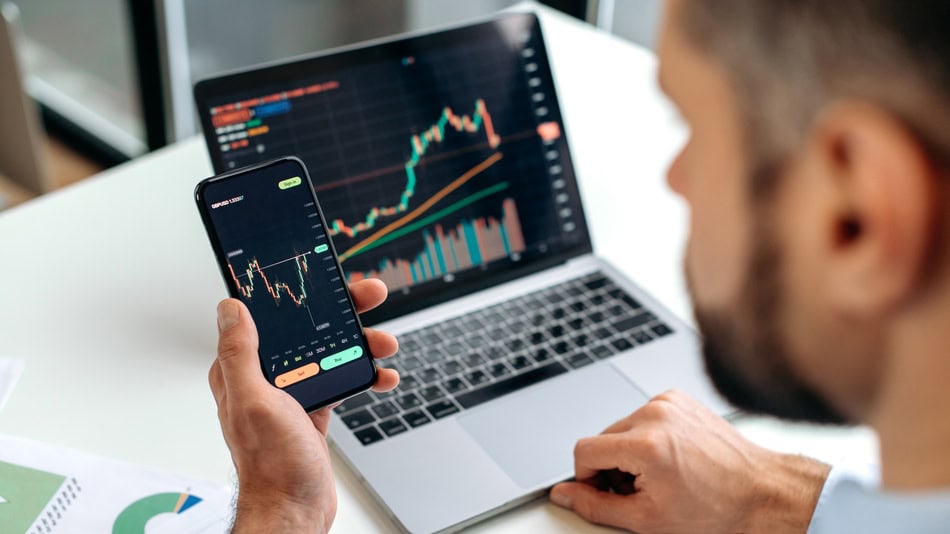
Choosing the best futures trading platform is one of the most important steps for traders who want to succeed in the fast-paced futures market. While fees, tools, and ease of use matter, understanding futures trading hours is equally critical. The market operates almost 24 hours a day, and your platform must give you seamless access to take advantage of global opportunities.
At Funding Ticks, we help traders identify the right platforms while also understanding when to trade for maximum efficiency.
What Makes the Best Futures Trading Platform?
Not all platforms are created equal. The best futures trading platform should offer:
- Low Commissions and Fees – Minimize costs on frequent trades.
- Advanced Charting Tools – Technical indicators, drawing tools, and live data.
- Speed and Reliability – Quick order execution during volatile sessions.
- Mobile and Desktop Access – Trade anywhere, anytime.
- Global Market Access – Support for CME, ICE, Eurex, and more.
Some of the most popular futures trading platforms include NinjaTrader, TradeStation, Interactive Brokers, and Thinkorswim.
Understanding Futures Trading Hours
Unlike the stock market, which has limited trading hours, futures operate nearly around the clock. This offers more flexibility but also adds complexity.
Key Trading Sessions:
- CME Futures (U.S. Markets)
- Open: Sunday 6:00 p.m. EST
- Close: Friday 5:00 p.m. EST
- Daily Break: 4:15 p.m. – 4:30 p.m. EST
- Open: Sunday 6:00 p.m. EST
- European Futures (Eurex)
- Open: Around 1:00 a.m. EST
- Close: 3:00 p.m. EST
- Open: Around 1:00 a.m. EST
- Asian Futures Markets
- Japan, Hong Kong, and Singapore futures trade during U.S. nighttime hours.
- Japan, Hong Kong, and Singapore futures trade during U.S. nighttime hours.
This near 24/5 schedule allows traders worldwide to react to economic news, global events, and earnings reports in real time.
Why Trading Hours Matter
Understanding futures trading hours is crucial because:
- Liquidity Changes – Some hours have more volume, leading to tighter spreads.
- Volatility Patterns – Market open and close hours usually see bigger price moves.
- News Releases – Economic data from the U.S., Europe, and Asia impact prices depending on the session.
- Trading Strategies – Day traders may prefer high-volatility hours, while swing traders may focus on calmer sessions.
Matching Platform with Trading Hours
The best futures trading platform must give you:
- 24-Hour Market Access – To trade during Asia, Europe, and U.S. sessions.
- Real-Time News Feeds – Stay updated on global events impacting futures.
- Custom Alerts – Get notified when the market hits your price levels, even outside regular U.S. stock hours.
- Automation Tools – Run algorithms or stop orders overnight while you’re away.
Strategy Example
Imagine you’re trading E-mini S&P 500 futures:
- During U.S. market open (9:30 a.m. EST), volatility is high, offering day trading opportunities.
- Overnight (Asian session), price moves may be slower, better suited for swing or trend-following strategies.
- The best futures trading platform ensures you don’t miss either window.
Conclusion
Finding the best futures trading platform isn’t just about fees or charting—it’s about whether it can support you during futures trading hours around the globe. Since markets operate nearly 24/5, your platform must provide reliable execution, access to multiple exchanges, and tools to trade across time zones.
At Funding Ticks, we recommend combining the right platform with a deep understanding of trading hours to maximize your futures trading potential.

